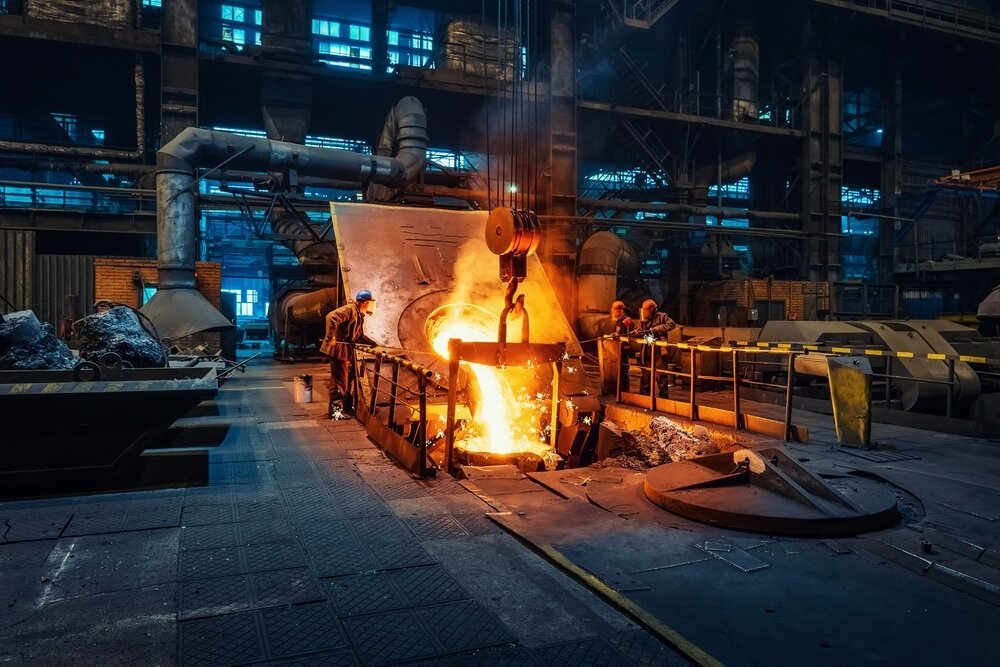Glencore and Merafe Resources Prevail in Court Over Rustenburg Smelter Electricity Surcharge

Glencore and Merafe Resources have successfully repelled a second attempt by the Rustenburg Local Municipality to impose an additional fee on the electricity costs for a smelter owned by their joint venture. The venture operates under a pooling and sharing arrangement.
Last year, the council resolved to levy a 6.1% surcharge on the electricity supplied to the Rustenburg smelter, a move that threatened 700 jobs, according to the companies and the National Union of Metalworkers of SA. The joint venture managed to have the surcharge set aside last year, and on Friday, the high court in Johannesburg dismissed the municipality's application for leave to appeal against this ruling.
The court stated that it was "not persuaded that there is a reasonable prospect that the appeal would succeed or that there are compelling reasons for the appeal to be heard. The application for leave to appeal must therefore fail.
"The joint venture, which also operates two other smelters within the municipality’s jurisdiction, argued that the 6.1% surcharge would render the Rustenburg smelter economically unviable, potentially leading to its closure. The National Energy Regulator of SA (Nersa) initially rejected the venture’s application for a long-term negotiated pricing agreement, which included the Rustenburg smelter. Nersa's initial stance was that it could not approve the surcharge because the municipality was not supplying electricity to the smelter. However, after consultations with Eskom and the municipality, Nersa revised its position, excluding the smelter from the long-term agreement due to the lack of agreement on the surcharge.
Judge Marcus Senyatsi criticized the conduct of the municipality and Nersa. In March, Merafe announced that Nersa had approved the pricing agreement between the venture and Eskom. Once finalized, this agreement is expected to provide price and planning predictability for the venture's smelters.
Merafe highlighted that the agreement would help the venture withstand economic challenges. It also aids with pricing certainty and supports ongoing green energy initiatives, which aim to reduce greenhouse gas emissions and enhance power stability.
The joint venture produces about half of South Africa’s ferrochrome output, making it a significant electricity consumer. It also has smelters in Mpumalanga and Limpopo. The government introduced the pricing agreement in 2008 to incentivize smelters under the interim framework for long-term negotiated pricing, aiming to achieve globally competitive electricity pricing to ensure the viability of ferrochrome smelters in South Africa.





